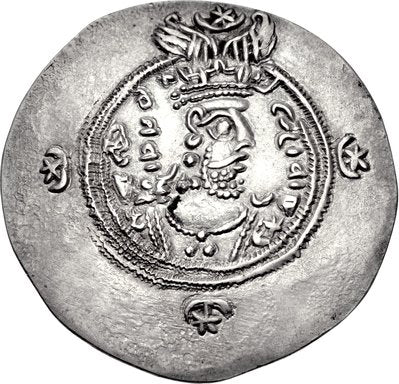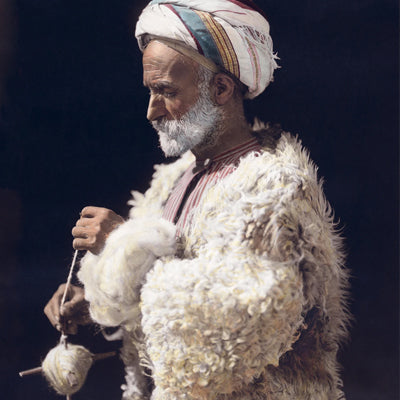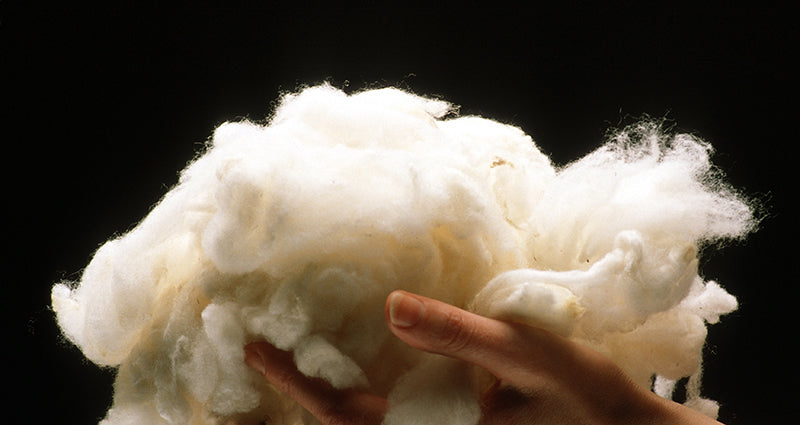A little Merino Wool History!
With our Merino Wool Blankets due to arrive shortly, we were curious as to how this fibre came to be, it's origins, development and eventual arrival to Australia, if you are also a little curious, then please keep reading...
Merino Wool - Origins
Men began growing sheep and goats over 12,000 years ago, right about the time when they understood that animals were useful not only to provide good meat for food, but also for wool.

The use of wool fibers was reported in the Nordic countries and the Mediterranean, since the second millennium B.C. At first, wool was gathered from the bushes or removed with a special comb.
What is Merino?
Merino is a breed of sheep especially appreciated and awarded for its very fine wool. Its origin is uncertain. It was probably known in the Middle East from ancient times. What we know is that modern Merino comes from a breed in Spain, originating around the 12th century. Spain had the exclusive right on breeding Merino sheep until the 17th century
The first country to which Spain granted the right to breed Merino was France, in the early 18th century, apparently following a donation from their respective sovereigns.
The industrial production of Merino wool fabrics had a strong boost after World War II. Among the main reasons was the need for the clergy to wear certain clothes according to season.
Merino in Australia
The first Merino sheep was introduced into Australia in 1788. It was derived from the famed Royal Merino Flocks of Spain. Even though its fibre was already very fine, Australian farmers used selective breeding to produce the authentic Australian Merino, with an even finer wool.
In 1796, John Macarthur, considered the father of the Australian Merino industry, bought his first merino sheep from a Spanish flock, reared in South Africa. There were also other farmers that bought Merino sheep, in the area. But they cross-bread them with other breeds, making their wool coarse and of low quality.
At the time, the sheep imported to Australia produced poor quality fleece, being used for both their meat and wool.

The Merino sheep, originally bred in Spain, thrived in Australia’s warm climate. Unlike many of the other European animals imported to the country at the time, the Merino breed was able to cope with the summer heat.
Merinos are known to have a thick, fine fleece that is highly suitable for spinning and weaving into a fine fibre that is mainly used in clothing.
Hard Work and Growing Success
Macarthur and his wife, Elizabeth, worked hard to grow their flock and they never cross-breed their Merinos. The Macarthur’s soon saw the fruits of their efforts and by 1803, they had over 4000 almost-pure Merinos.
In the next period they bought Merinos from flocks in various locations strengthening and improving the bloodline of their sheep, along with their health and quality of their wool. The Macarthur’s sent their first bale of wool to England in 1807.
Australian Merino sheep always had, and continue to have, a major role in international fashion. Due to its resistance, wool was mainly used to manufacture utilitarian garments, especially military uniforms and work wear.

Wool got its big fashion break thanks to Coco Chanel, in the decade following the First World War. She reinvented the fashion scene by designing a dress made from fine wool jersey. Since then, wool has been a regular fabric in the fashion industry.
The next fashion revolution was led by the House of Christian Dior, at the end of the Second World War. “The New Look” style used excessive amounts of wool in designs, as a reaction to the shortages during the war years.
Today, there is a close relationship between fashion designers and woolgrowers across the world. They work alongside the best textile manufacturers to produce quality Merino wool apparel and connect consumers with its natural benefits. Merino is truly the finest wool in the world.
Appendices
- By National Park Service [Public domain], via Wikimedia Commons
- Bartolomé Esteban Murillo [Public domain], via Wikimedia Commons
- By State Library of South Australia [CC BY 2.0 (http://creativecommons.org/licenses/by/2.0)], via Wikimedia Commons
- By William Barclay Parsons Collection (New York Public Library Archives) [Public domain], via Wikimedia Commons
Leave a comment
Comments will be approved before showing up.
Also in Journel

History of Cashmere Research - Yezdajird

A little history of Scent - early perfumes...

